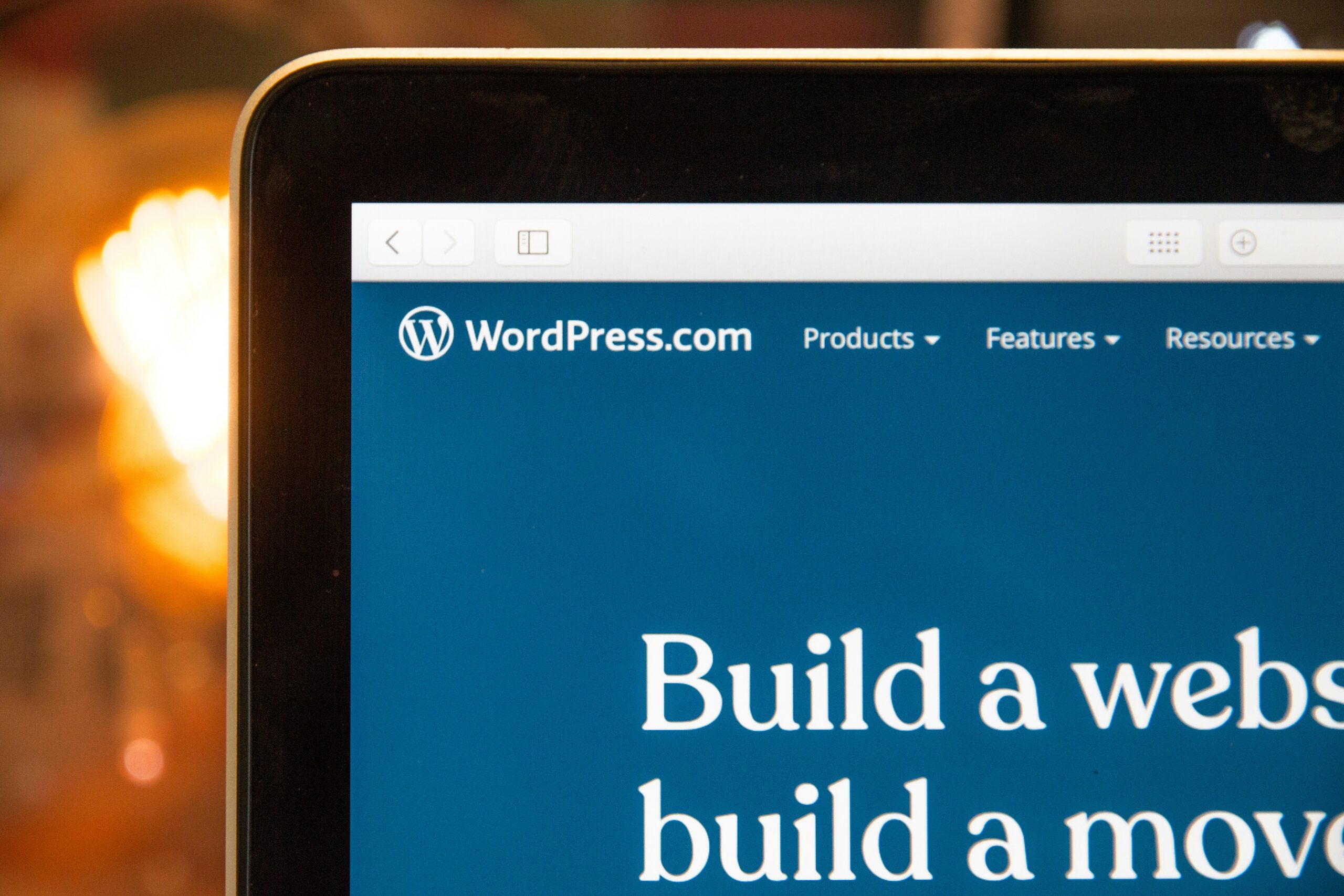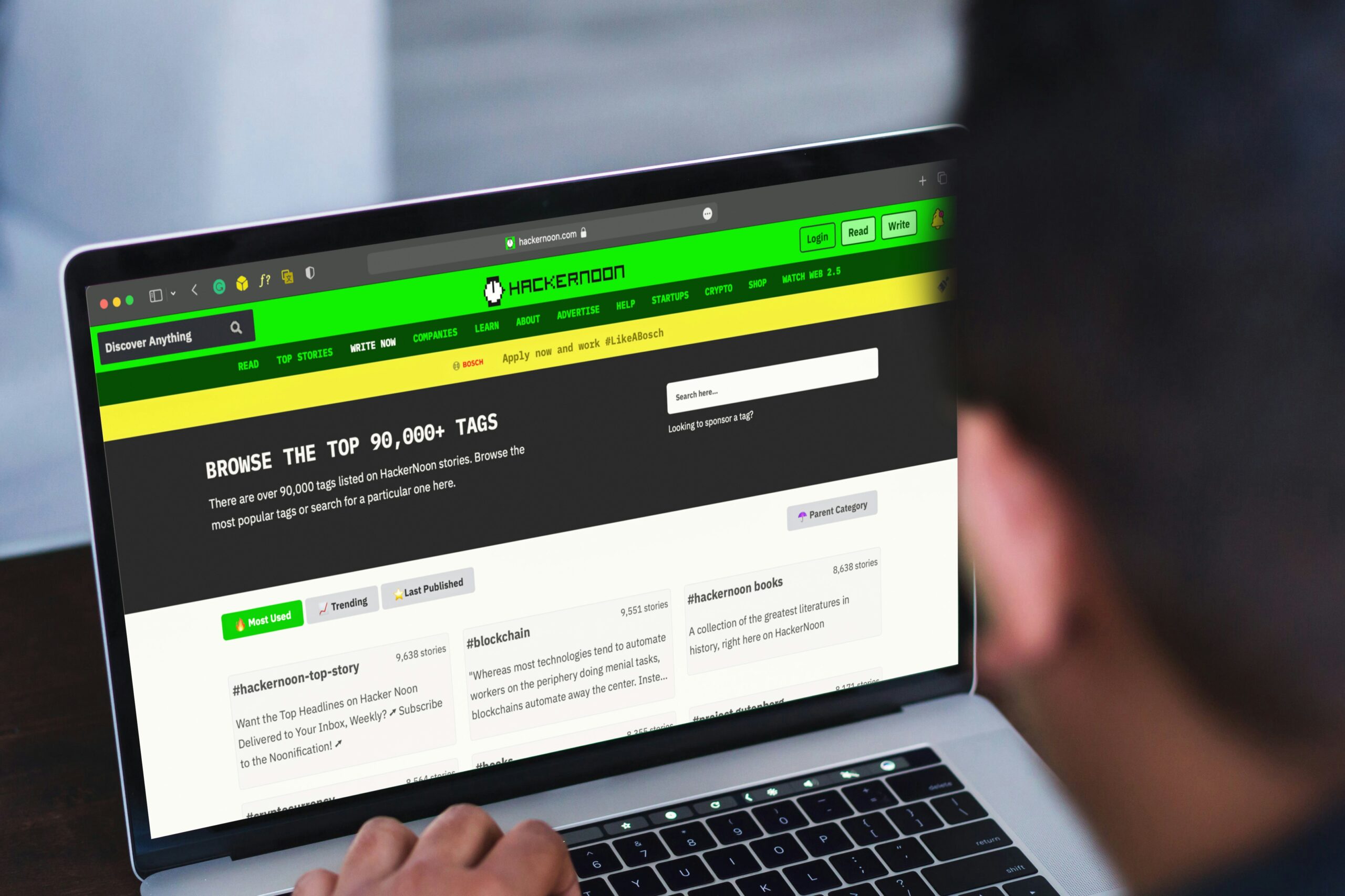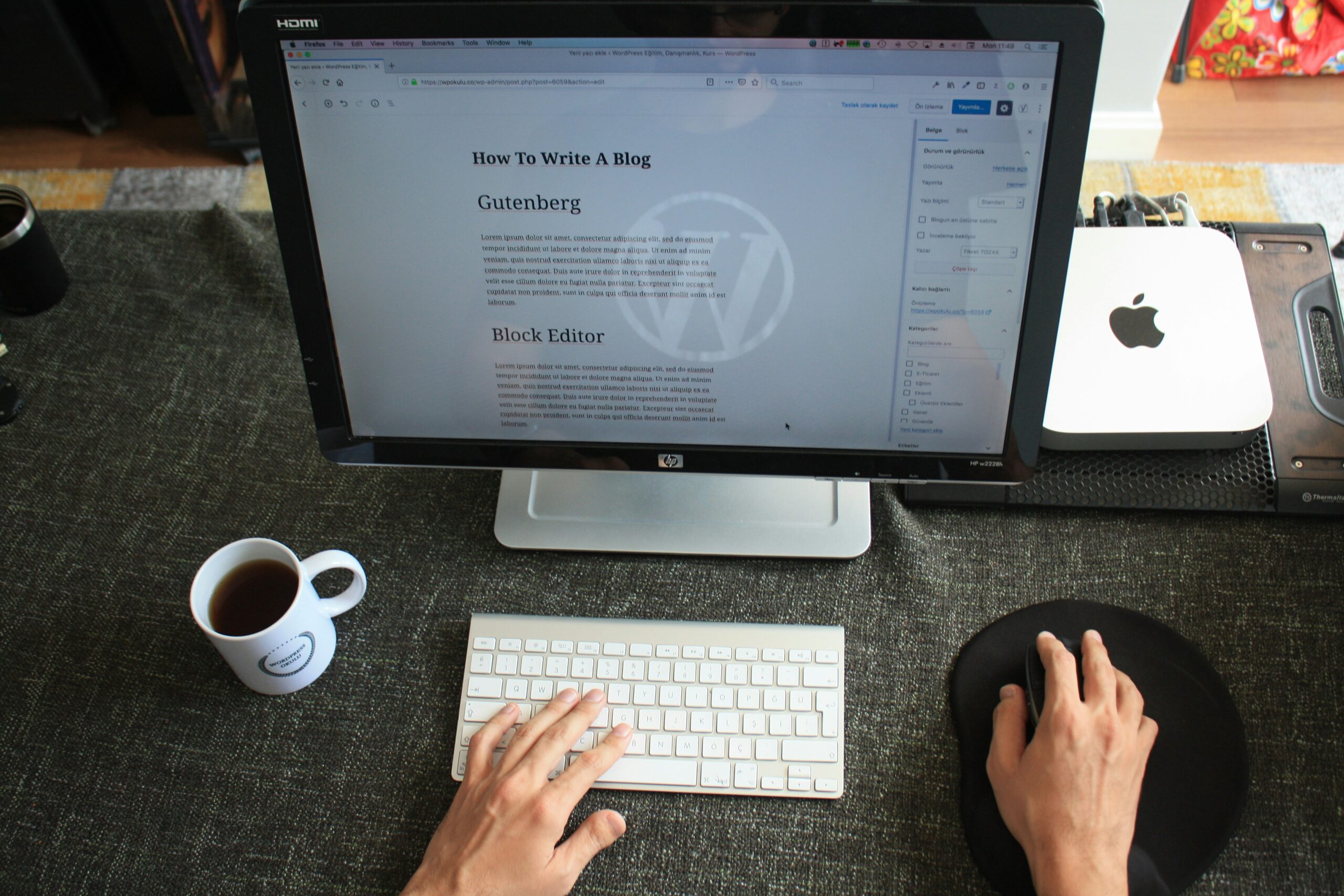16/09/2025
5 Essential Tips to Improve Your WordPress Website’s Performance in 2025
happyhenry

Introduction:
Your WordPress website’s performance can make or break your user experience. A fast, optimized site not only ranks higher in search engines but also keeps visitors engaged. Here are five practical tips to improve your site’s speed and efficiency.
1️⃣Choose a Lightweight Theme
Your theme sets the foundation for your site’s performance. Heavy, feature-bloated themes can drag down loading times before you’ve even added content.
-
Why It Matters: A bulky theme loads unnecessary scripts and styles that slow down every page.
-
How to Fix It:
-
Opt for lightweight, performance-focused themes like Astra, GeneratePress, or Neve.
-
Preview the theme demo in Google PageSpeed Insights to check its performance before installing.
-
If you’re comfortable coding, consider using a child theme and disabling unused features to reduce overhead.
-
2️⃣ Use a Caching Plugin
Caching reduces the work your server has to do by storing static versions of your pages. This can drastically speed up load times for returning visitors.
-
Recommended Plugins: WP Rocket, LiteSpeed Cache, or W3 Total Cache.
-
Pro Tip: If your hosting provider offers built-in caching (e.g., Kinsta or WP Engine), enable it instead of adding another plugin to avoid conflicts.
-
Extra Step for Developers: Combine caching with object caching systems like Redis or Memcached for even faster performance


3️⃣ Optimize Your Images
Large images are one of the biggest culprits behind slow sites.
-
Quick Fix: Use a plugin like Smush, ShortPixel, or Imagify to automatically compress images when you upload them.
-
Advanced Tip: Convert images to the WebP format for superior compression without sacrificing quality.
-
Bonus: Use lazy loading so images outside the viewport don’t load until a user scrolls down to them.
4️⃣ Limit Your Plugins
Every plugin you install adds code and potential database queries, which can slow down your site.
-
Audit Regularly: Remove plugins you’re no longer using.
-
Combine Features: Use multifunctional plugins instead of several single-purpose ones.
-
For Developers: Replace heavy plugins with custom code snippets where possible.
5️⃣ Enable a Content Delivery Network (CDN)
A CDN stores copies of your site on servers around the world, delivering your content from the location closest to each visitor.
-
Easy Start: Use Cloudflare it has a free plan that’s simple to set up.
-
For Growing Sites: Consider premium CDNs like KeyCDN or StackPath if you serve a global audience or experience high traffic.
-
Developer Tip: Combine your CDN with caching and minification for maximum performance gains.
Conclusion
Improving your WordPress website’s performance isn’t just a technical exercise; it’s an investment in your audience’s experience and your brand’s success. By choosing a lightweight theme, enabling caching, optimizing images, trimming unnecessary plugins, and using a CDN, you’ll ensure your site is fast, user-friendly, and ready for the competitive landscape of 2025. Even small improvements can lead to better search rankings, higher engagement, and more conversions.



